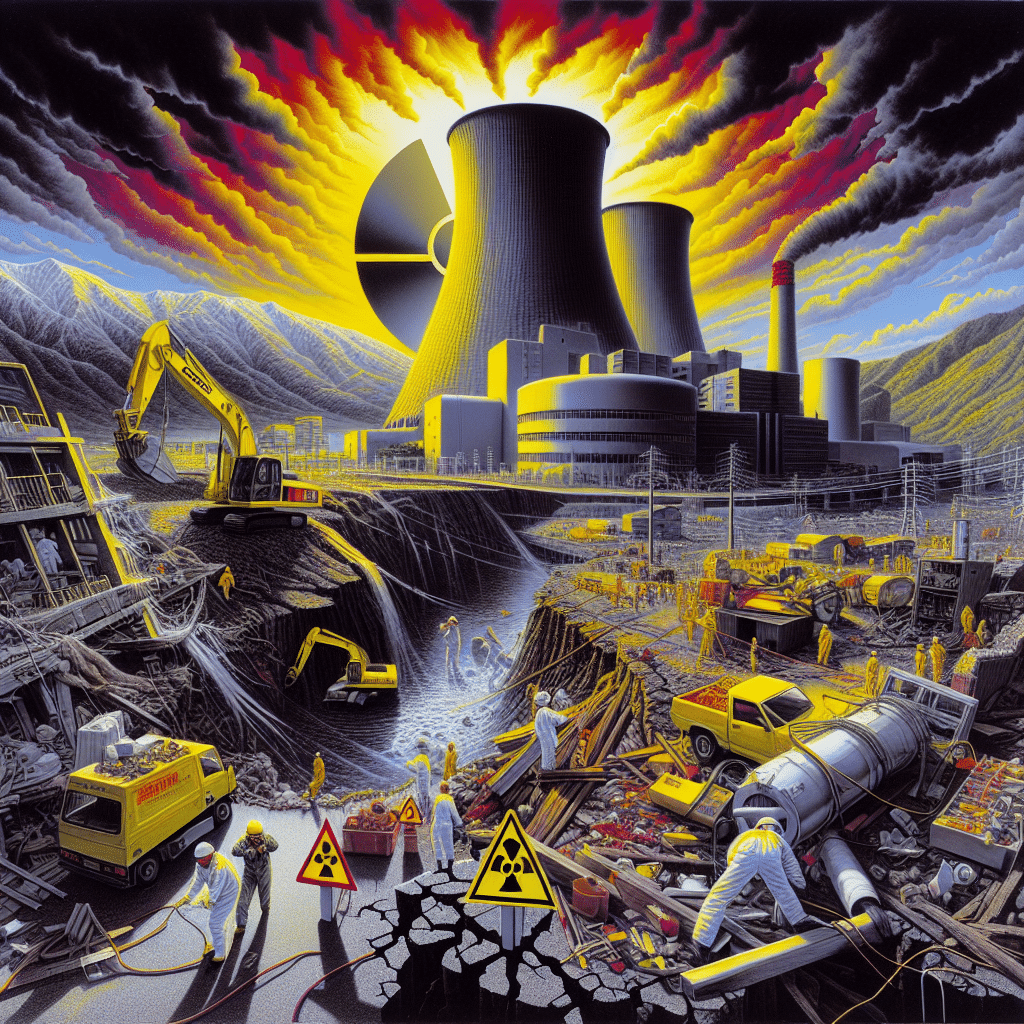On January 1st, the New Year in Japan began with a devastating event as a magnitude 7.6 earthquake struck the Noto Peninsula at approximately 4:10 pm. This natural disaster has added to the challenges that Japan has been facing, including both natural and man-made disasters, domestic political crises, and the looming threat of nuclear power plants. It has brought the country’s resilience to the spotlight and raised important questions about Japan’s preparedness for worst-case scenarios.
The Noto Peninsula Earthquake
The Noto Peninsula, located in Japan, experienced a significant earthquake with a magnitude of 7.6. The earthquake struck on January 1st at around 4:10 pm local time, shaking the region and causing widespread destruction. The tremors were felt throughout the peninsula and neighboring areas, leading to concerns about the safety and stability of the region.
This earthquake, amidst a series of natural and man-made disasters, has added immense pressure on Japan’s infrastructure and emergency response systems. The country has been grappling with various challenges, including domestic political crises and the continuous threat posed by nuclear power plants. With each new disaster, Japan’s resilience is tested, bringing to light the importance of preparedness and planning for worst-case scenarios.
Japan’s Resilience and Preparedness
Japan is known for its ability to withstand and recover from frequent earthquakes. The Noto Peninsula earthquake once again highlights the country’s resilient spirit, as individuals and communities come together to rebuild and support one another. However, it also prompts a necessary evaluation of Japan’s preparedness for future seismic events.
The magnitude 7.6 earthquake serves as a reminder of the importance of effective emergency response systems, infrastructure resilience, and proper disaster planning. Japan has a long history of earthquakes, and it is crucial that the lessons learned from each event contribute to continuous improvement in disaster preparedness.
Summary:
- An earthquake of magnitude 7.6 struck the Noto Peninsula in Japan on January 1st, shaking the region and causing significant destruction.
- This earthquake adds to the series of natural and man-made disasters that Japan has been facing recently.
- Japan’s resilience is highlighted as communities rally together to support one another in rebuilding efforts.
- The earthquake emphasizes the importance of evaluating and improving Japan’s emergency response systems, infrastructure resilience, and disaster planning.
“The earthquake serves as a reminder that preparedness is crucial in a seismically active region like Japan.” – Expert A




Leave a Reply